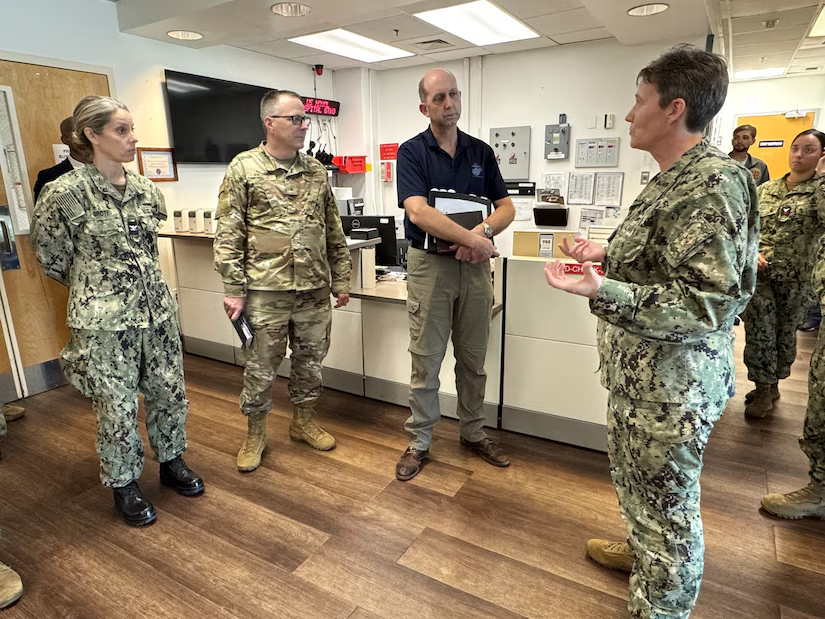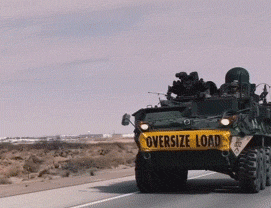-and-
Referring to readiness as both a medical and moral imperative, Ferrara noted that part of his role is conveying to Defense Secretary Pete Hegseth how the MHS is aligned with his priority of force lethality.
Source: Department of Defense
By MHS Communications
Photo: Courtesy
For the Military Health System, readiness is a strategic imperative to ensure warfighter dominance, survivability and resilience, said Stephen Ferrara, performing the duties of the assistant secretary of defense for health affairs.
“Readiness cannot be secondary,” he said. “You cannot do readiness at the last minute. You cannot cram for readiness. When it comes to mission success, readiness is everything.”

Ferrara, appointed in January 2025, has delivered that message at speaking engagements, visits to military hospitals and clinics, town hall forums and interviews.
“We are the only U.S. health care system that goes to war,” said Ferrara, who deployed four times when he served as an active-duty Navy surgeon.
“When America’s sons and daughters go downrange and go into harm’s way, we honor the pact we made with them and with their parents, that should they become ill or injured, they will receive prompt and effective medical attention anywhere in the world,” he said. “That is the trust that we have. That’s something that our adversaries don’t always have, and it gives us an incredible strategic edge.”
Ferrara said his priorities for the Military Health System are increasing the lethality of the warfighter, sustaining the skills of the medical force and ensuring accessible, high-quality and sustainable care.
“We have to support the warfighter, sustain our skills and strengthen our chain,” he said, adding that the chain is the continued evolution and modernization of the health care system to improve access, quality and safety.
“If we support, sustain and strengthen, that is how we build a system that will fight and win because fundamentally, this is what our job is: to fight and win,” Ferrara said. “We do this by having a ready medical force so we can provide strong battlefield care and keep guns in the fight.”
Referring to readiness as both a medical and moral imperative, Ferrara noted that part of his role is conveying to Defense Secretary Pete Hegseth how the MHS is aligned with his priority of force lethality. He said the MHS optimizes warfighter performance by sustaining the readiness of the military force and those charged with their care and recovery.
-and-
This year, the Defense Health Program budget is approximately $61 billion, about 7% of the Pentagon’s topline budget. Ferrara said he uses that budget to make the force more lethal and more “fit to fight and win.”
“It starts with maintaining the ready medical force,” he explained. “We must ensure that every member of the team — from the surgeon who wields a scalpel, to the logistician who procured the scalpel; from the nurse who transfuses the blood, to the team who runs the blood bank — is at the top of their game. A team ready to go downrange to fight and win.”





